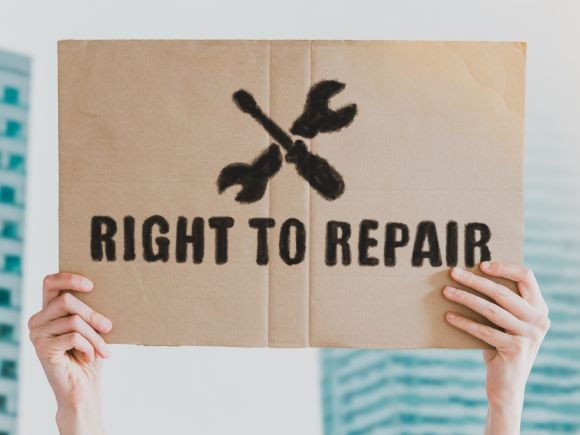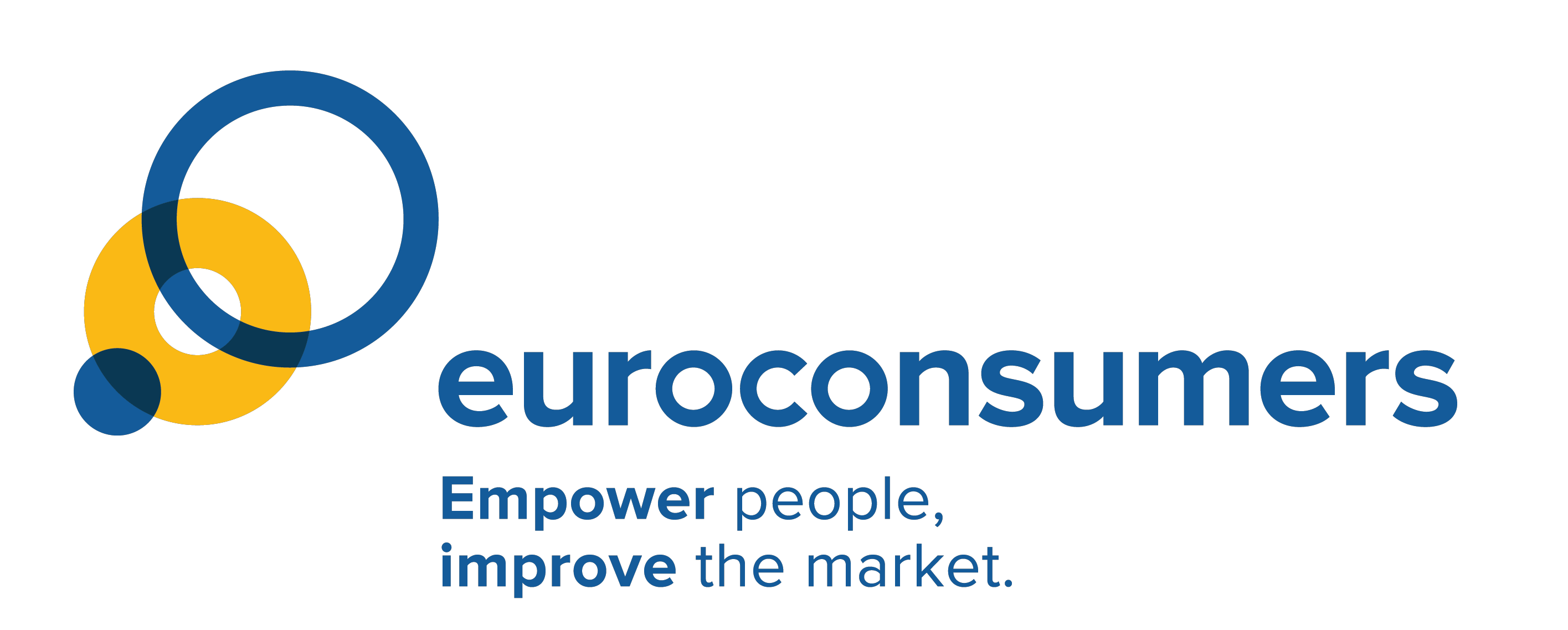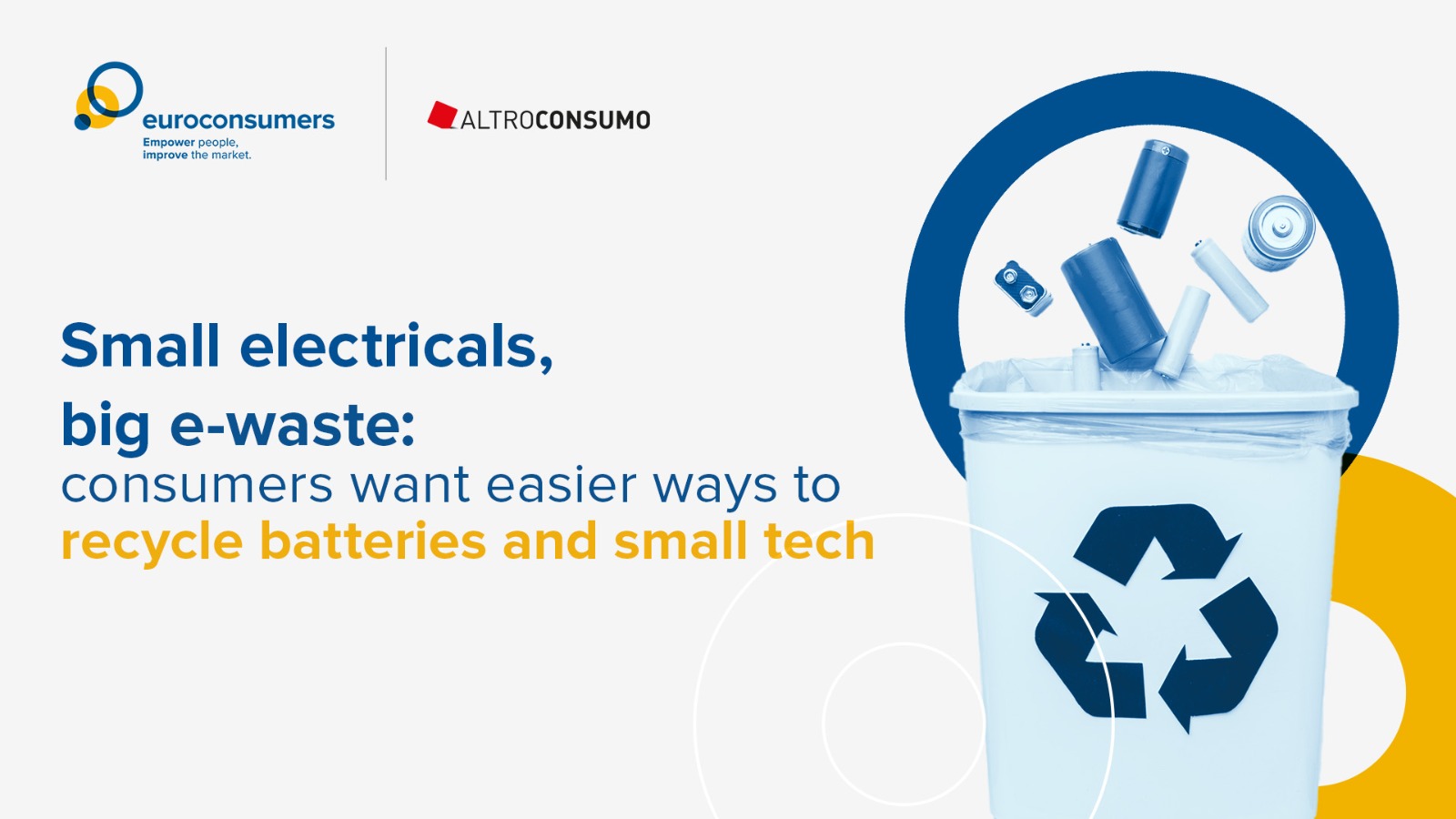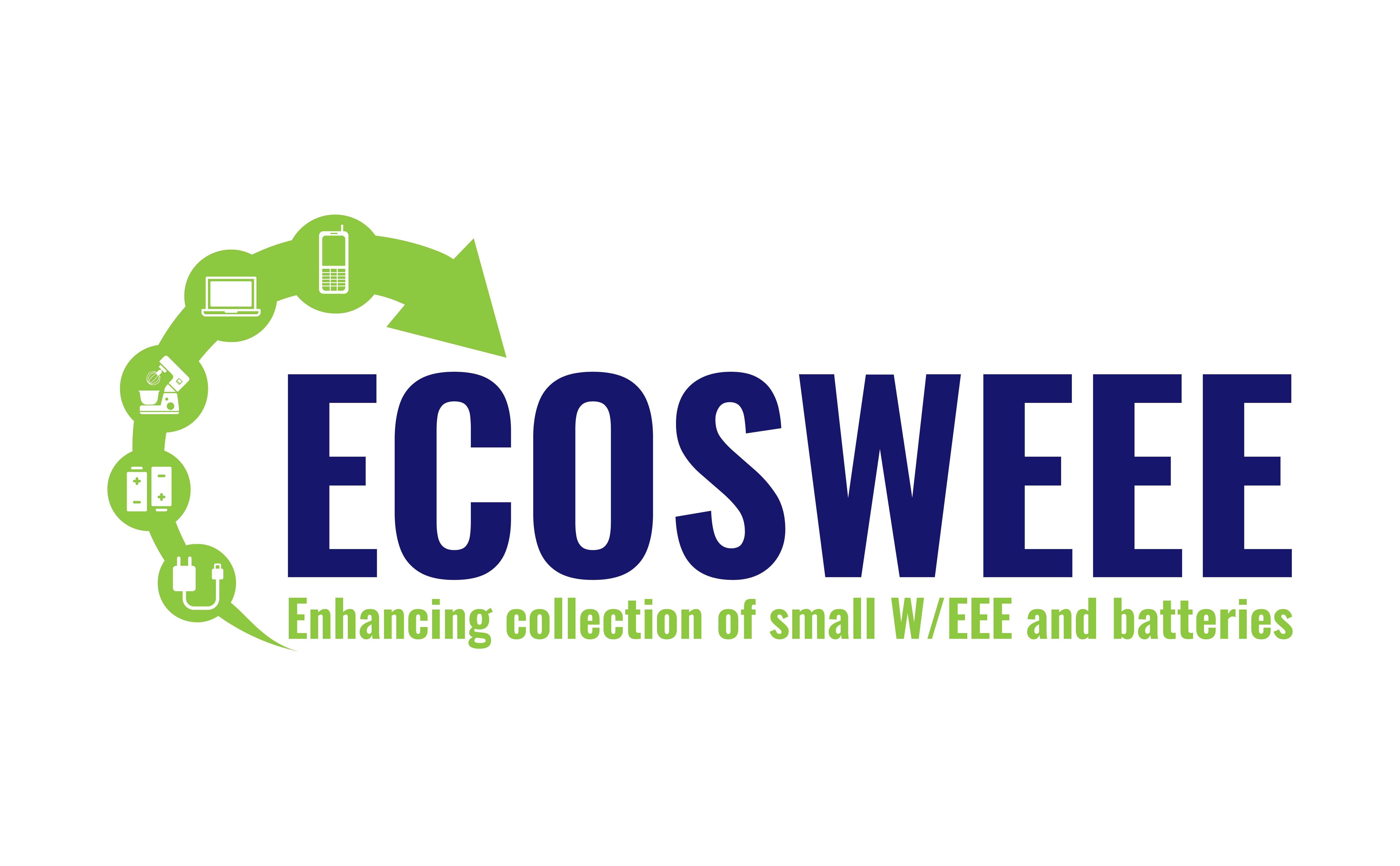
Cutting cost of repair is key to Right to Repair success
Euroconsumers and its members have long championed consumers’ right to repair their products. This seemingly simple ask – for easy, inexpensive and quick fixes for products tha...
Read More


Everyone will be familiar with e-waste or ‘waste from electrical and electronic equipment’ (otherwise known by its acronym WEEE). It is the unwanted or broken computers, mobiles, lighting, TVs etc and batteries.
It is one of the fastest growing waste streams in the EU as electronics get cheaper and easier to buy. But the waste from these products is not so easy to deal with. It contains hazardous materials which can harm the environment and expensive raw materials which are critical to new tech developments.
Managed properly, these can be extracted, reused and kept in the system much longer thus avoiding the need to further deplete natural resources. Left in landfill or at the back of a cupboards in someone’s home is a missed opportunity.
“Every product that is not collected for reuse or de-polluted and recycled represents a wasted opportunity in terms of loss of natural resources and energy, and a decreasing supply of critical or valuable materials to feed into manufacturing”
ECOSWEE Consumer Consultation Report December 2023
A new research report from the ECOSWEE project which stands for ‘Enhancing Collection of Small W/EEE and batteries’ has investigated how to improve consumer participation in e-waste take up schemes, particularly for smaller WEEE and batteries.
The report comes as rules to collect, treat and reuse WEEE mark twenty years in the market. The regulations are part of a wider effort to increase circularity in the product system. The EU has not met its minimum collection target of 65%. Although at 48.5%, it is one of the highest collection rates of WEEE in the world, of which small WEEE including mobiles and batteries make up only 15%.
Higher targets plus new regulations for batteries mean we need to raise the game on WEEE collection across the EU, particularly for small items and batteries.
This requires engagement and effort from across the supply chain, and a specific focus on how to make it easy for consumers to play their part. The benefits are obvious – getting take-back schemes right will mean higher collection rates of waste, and more devices and material to reuse, repair and refurbish.
In the case of small devices and batteries, recycling is held back by limited information on how to correctly dispose of waste, and collection points are difficult to access.
As part of the drive to understand how to improve recycling and take-back rates, Euroconsumers’ member Altroconsumo surveyed just over 1,000 consumers in Italy to find out how to empower consumers to be part of a low waste system, and feed this back into EU level policy recommendations. The study aimed to understand:
Respondents aware of the eco-contribution to recycle e-waste were in the minority (44% of the sample). However, 86% of respondents said that if it was more clearly indicated they might change their disposal habits. This confirms there is still a huge opportunity to increase consumer awareness.
When consumers reported on their current experience we found:
In terms of incentives and encouragement to return e-waste we found:
There’s a clear opportunity for policy implementers to increase awareness, make collection points more prominent and use these findings to test out new schemes and incentives.
Getting consumers aware and ready to return all types of e-waste as second nature will not just reduce waste but will boost the supply of materials available for building new products and innovations and growing the circular economy.

Disclaimer:
This project is co-financed by the LIFE Programme 2021-2027 of the European Union for the Environment and Climate Action under Grant Agreement number 101104443 – LIFE22-PLP-BE-LIFE-ECOSWEEE. Views and opinions expressed are however those of the author(s) only and do not necessarily reflect those of the European Climate, Infrastructure and Environment Executive Agency (CINEA). Neither the European Union nor the granting authority can be held responsible for them.
